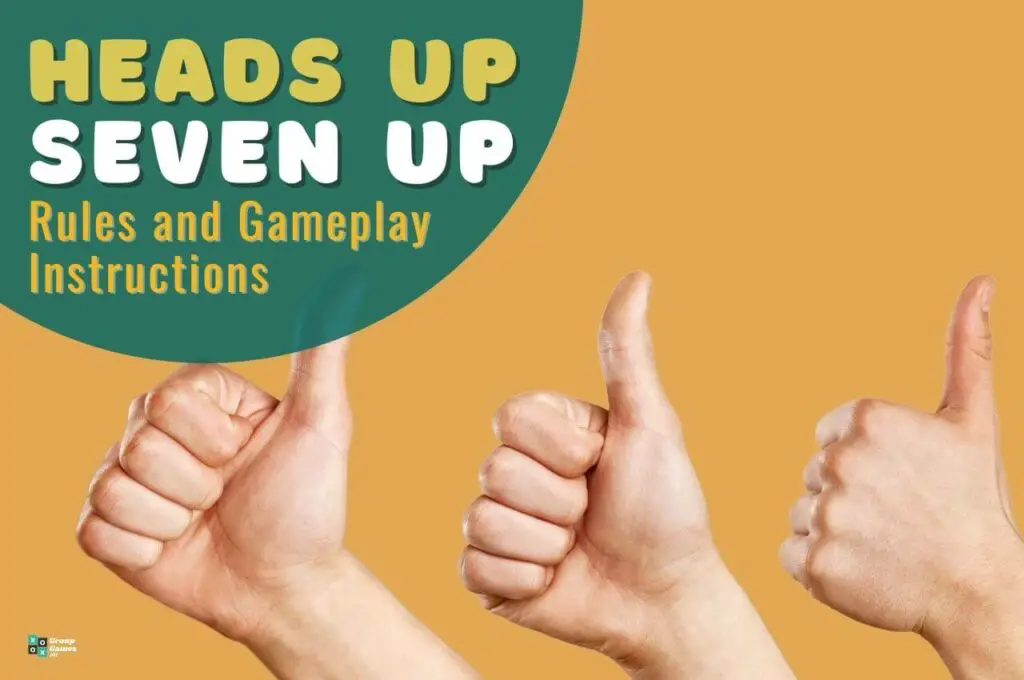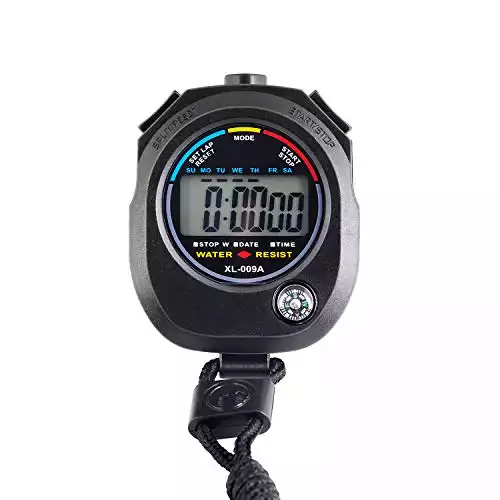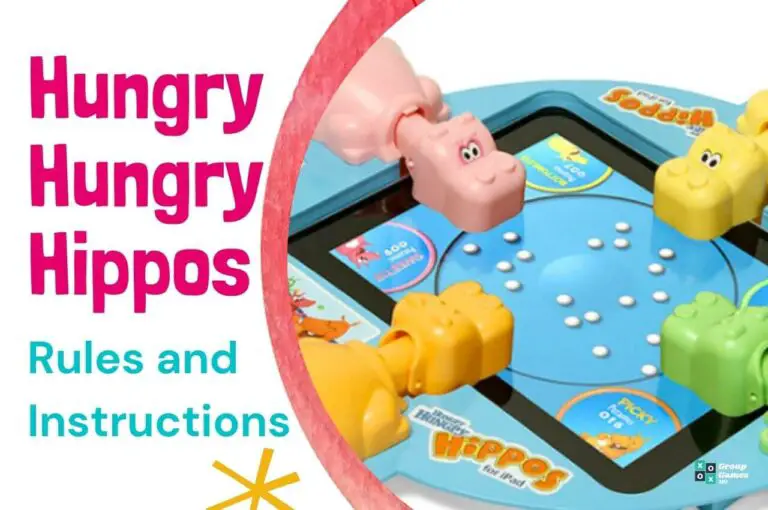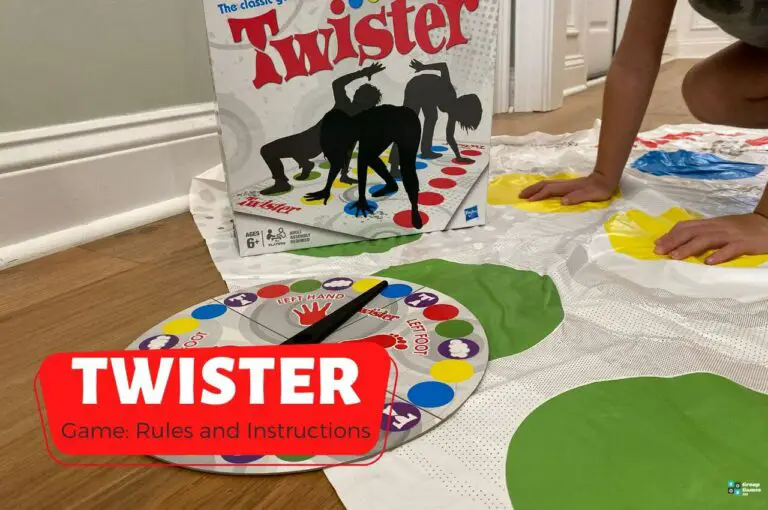If you’re looking for a game for your classroom or your summer camp group, then Heads Up Seven Up is for you. For those of you who have never played it, you might be wondering what the Heads Up Seven Up rules are. Well, let’s find out!
While it is a bit of a mystery as to where it came from and who invented it, Heads Up Seven Up is the perfect game to play with a group of kids, and it’s been a staple of elementary schools and summer camps since at least the 1950s, if not before! Simple to learn and easy to play, it’s a hit with kids the world over.
Let’s take a look at the Heads Up Seven Up rules and gameplay instructions to give you a bit of a refresher.
What is Heads Up Seven Up?

Heads Up Seven Up, which is also occasionally known as Thumbs Up Seven Up, Heads Down, Seven Up, or Heads Down Thumbs Up, is a game that many of us might have played at school. Ideally, you need at least 14 kids to play, which is why it is popular to play with groups of kids.
It’s great for those rainy summer camp days, or when your class deserves a break, and is quite similar to other classic games like Duck Duck Goose, Paper Telephone, Simon Says, and Charades.
Number of Players: Anywhere between 7 and 20 players.
Ages: 4 years and up.
Difficulty: Very easy.
Length of Play: Depends on the number of players, but an average game could last 5-10 minutes.
Similar To: Balderdash; Guess Who; Catch Phrase.
Main Objective: To try and stay as a ‘chooser’ for as long as possible and not have anyone guess it was you who put their thumb down.
Why We Love It: We’re sure that it’ll conjure up memories of elementary school, and those long rainy afternoons at summer camp when you had nothing else to do.
Playing Heads Up Seven Up – What You’ll Need
To get a game of Heads Up Seven Up started, you don’t need very much at all – just a group of bored kids! If you want to ramp up the tension even more, you could have a set time that the kids need to press down the thumbs.
A digital stopwatch is a good thing to have within arms reach if you want to take your game of Heads Up Seven Up further.
How to Play Heads Up Seven Up
Choose seven kids to come up to the front of the room. If you have fewer children, then choose fewer than half of them to come to the front. For instance, if you have six kids, only choose two of them to come to the front, or if you have ten kids, only choose four, and so on.
Once the kids are at the front of the room, get the rest of them to put their heads down on the desk and to raise their thumbs in the air – heads down, thumbs up! At this point in the game, it’s a good idea to remind the kids that absolutely no peeking is allowed – it’ll end up ruining the game if they know who ‘chose’ them.
Pushing the Thumbs Down
Once all heads are down, it’s time for the kids at the front of the room to go round and push one thumb down each. This is where your stopwatch can come in handy, as setting a time limit for pushing the thumbs down will make the game move much quicker. We reckon that 6 or 7 minutes is plenty of time to do the choosing.
It’s also worth reminding the choosers not to choose the same person over and over again, as they may want to bee-line for their bestie, so try and make sure that everyone gets a go and everyone gets involved.
Guessing the Choosers
Once all the thumbs (or as many thumbs as there are choosers) have been pushed down, or once the timer has run out on the stopwatch, get the ‘choosers’ to come back to the front of the room. It’s now time for the heads to come up – this is the ‘Heads Up’ bit of the game!
Go round the room, and have all the kids who weren’t choosers try and guess who pushed their thumb down from the kids at the front of the room. Again, it adds a real sense of tension if you use a stopwatch for the choosing part as well. 2 or 3 minutes is a good amount of time to go round the room and see what everyone thought, so get the stopwatch out again.
If they choose correctly, they swap places with their chooser, and become a chooser for the next round. The aim of the game is to try and stay as a chooser for as long as you can, and see if you can avoid being guessed by one of the kids you choose!
Heads Up Seven Up – Variations
If you’re looking to mix up your game of Heads Up Seven Up, then there are a few different variations you can try out.
One variation which is really fun is getting all the kids to put their heads down and their thumbs up. Then the adult goes round and chooses one child, who then becomes ‘it’.This child then walks around the room and pushes down the thumbs of six others. If their thumb is pushed down, they have to walk to the front of the room.
Once the time is up and everyone has come to the front of the room, the remaining kids have to try and guess who was ‘it’. Keeping quiet is the key to this variation!
Another set of Heads Up Seven Up rules that you can try is by making it educational. Randomly select a group of kids to try and solve a puzzle – such as a math problem. The first seven who answer correctly then go to the front, and then it’s heads down, thumbs up.
They choose 7 thumbs, but instead of the chosen trying to guess who pushed their thumb down, they then have to solve a problem or a puzzle. If they get the right answer, they swap places, but if they don’t get the question right, the chooser stays as the chooser.
How to play Heads Up Seven Up – Video Tutorial
Frequently Asked Questions
Why do teachers play Heads Up Seven Up?
Heads Up Seven Up was often used by teachers to see if any of the kids in their class were cheating! It’s quite an easy game to cheat at, so it can be easy to work out who isn’t telling the truth.
What is 7 Up 7 Down?
While it has a similar name, 7 Up 7 Down isn’t in fact related to Heads Up Seven Up at all. 7 Up 7 Down is a dice game.
Can you play Heads Up Seven Up over Zoom?
Yes you can – there is an app you can download that makes it easier to play, so if you’re still homeschooling then you can definitely give it a go!
Alternatives to Heads Up Seven Up
If you’re looking for other games that you might be able to play in a group or to keep a classroom entertained, then there are a few other options that you should have a look at.
Charades is another classic guessing game that can keep you entertained for ages, but if you’re still on the search for other alternatives, take a look at our rundown of 45 fun indoor group games for kids to play. If you’re a camp leader, and you need to entertain a small group of kids, then we have you covered with our 36 fun camp games for small groups to play.









